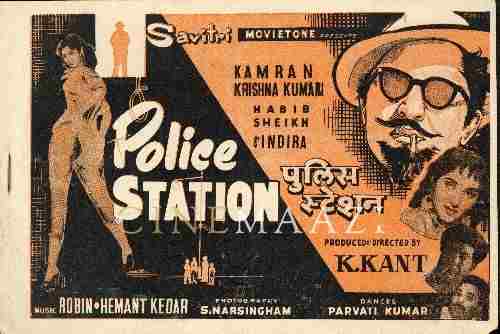R S Choudhury
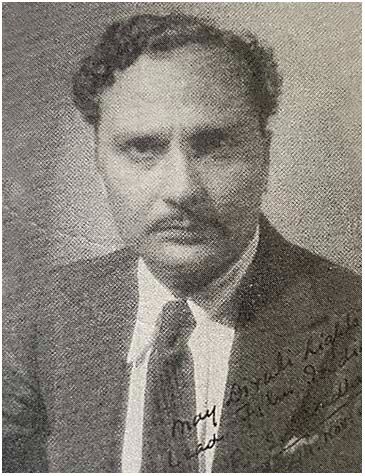
- Born: 8 June 1903 (Benares)
- Died: 22 August 1972 (Bombay)
- Primary Cinema: Hindi
Noted director, writer, and actor Rama Shankar Choudhury, better known as R S Choudhury, enjoyed a long innings in the film industry, working in the silent as well as the talkie era of Indian cinema. Known for films such as Sulochana (1933), Anarkali (1930), Madhuri (1928), Talwar Ka Dhani (1929), Punjab Mail (1929) and Khuda Ki Shan (1931), many Bombay-based talents including Sulochana, and Gauhar worked under his tutelage. A prolific director, he has more than 30 films to his credit as director, besides penning scripts for 20 films. Working largely with Ardeshir Irani’s Imperial Film Company and Sagar Movietone, he gave the respective studios some of their biggest hits in the historical genre such as Anarkali (1928). It was under him that famous filmmaker Mehboob Khan began his career as an assistant at Imperial. Later, Choudhury would go on to write story of Khan’s films such as Roti (1942) and Aan (1952) and write the dialogues of Son of India (1962). He also penned the scripts for M Sadiq’s hit Rattan (1944), and several films for Ravindra Dave including Nagina (1951) for which he wrote the story and dialogues. He continued writing scripts until the 1970s.
Known to be meticulous and thoughtful in his work, Choudhury would concentrate thoroughly on each project, taking care of every aspect of his films. His films were also expensive compared to other films on account of his own high salary and the cast also being well paid. Not attracted to the mythological or fantasy genre, by nature he preferred topics rooted in reality. The stories of his films are heroic, drenched in love and highlight high moral principles. Madhuri (1928), for instance, deals with Rajput heroism, love, and heroic jealousy. He had a penchant for depicting foreign characters in an Indian avatar.
Influenced by the famous director Cecil B De Mille, the impact of the Hollywood filmmaker was seen on Choudhury’s life and art, as in his film Sulochana (1933) which showed the impact of De Mille’s Sign of the Cross (1932). Like De Mille, Choudhary had a preference for portraying deep problems in his films. He also showed a liking for a multi-star cast and apparently even for bath-house scenes in his films as seen in the films Madhuri and Sulochana, both featuring the actress Sulochana. A film veteran with considerable experience, he also had a complete knowledge of the scientific requirements of cinema.
Besides imbuing his films with artistic value, Choudhury was also careful to include aspects that provided entertainment to the uneducated public. The combination usually included preachy dialogues, good songs and ghazals, stunts and gruesome scenes, as well as humour – these combined to make his films more attractive than the others.
An article published in the Chitrapat magazine of 1934 listed three alleged shortcomings in Choudhury’s direction.
One, that his films do not succeed in creating sweet real-life conversations between the characters. His actors speak with great rhetorical style. Perhaps due to difficulty in language, the leading lady Sulochana was found to speak after stopping and thinking.
Secondly, the settings of his films were found to be very simple. In this area, it was suggested that Choudhury, being an influential person, could approach the owners of the Imperial Film Company to procure better and more suitable settings.
Certain aspects of the humour in his films were considered a tad unreal, distasteful and vulgar.
The article opined that by removing these defects in the future, Choudhury would make his name even brighter.
Born Rama Shankar Choudhury on 8 June 1903 in Benares, he would go on to graduate from the J J School of Arts. He began his association with the field of cinema as an art director and designer of publicity pamphlets. He also designed impressive covers for the Gujarati journal Mouj Majah. He would go on to assist writer-director Manilal Joshi at Laxmi Films.
In 1926, Choudhury made his directorial debut under the Laxmi banner with the film Neera (1926) also known as Beautiful Snake of Aravalli which also he wrote the story and screenplay . Along with R G Torney, he co-directed the film starring Raja Sandow and Putli. Depicting mysticism and sexuality as primal powers, the film revolves around Neera (Putli), a temple priest’s daughter who lives amongst tribals, and a Kapalik (Sandow), a devotee of Kali who is said to possess mystical powers and uses them to acquire tribal lands. The film depicts the conflict between the Kapalik’s powers and the shield of innocence that protects Neera, in a story that revolves around mysticism and the tussle for land rights in a tribal setting.
The same year, he directed Laxmi Pictures’ Asha (1926) which he also scripted, starring Putli, P Naval Bhatt, Nagendra Majumder, and Jani Babu, among others.
Moving to Imperial, he write story, screenplay and directed the social drama Tainted Virtue (1927), starring Ermeline, Abdul and Elzer. His La Tosca production, a costume drama titled Princess Laila (1927) starred Jilloo, Verne Blanche, Zebu and Madame La Tosca. Other Imperial films he directed include Madhuri (1928), Pita Ke Parmeshwar (1928) in which he also wrote story and screenply, Anarkali (1928), Heer Ranjha (1929), Indira BA (1929), Punjab Mail (1929) (also story and screenplay writer), Talwar Ka Dhani (1929) (also wrote story and screenplay), Khuda Ki Shan (1931) (also story and screenplay writer), Madhuri (1932), and Sulochana (1933).
Choudhury would direct his best-known films at Imperial Film Company and Sagar Movietone, where he made several classics in the historical genre. His directorial Anarkali (1928) also known as The Monument of Tears, became one of the biggest successes of Imperial. Starring Sulochana (Ruby Myers), India’s leading star at the time, the film also featured Dinshaw Billimoria and Putli. Incidentally, he would go on to remake Anarkali in 1935; this talkie version again starred Sulochana and was a box office success.
At Imperial, Choudhury was assisted by Mehboob Khan who was beginning his career at the time, and would later establish himself as a renowned director. Other films he scripted include A R Kardar’s Pehle Aap (1944), M Sadiq’s hit Rattan (1944) and several films for Ravindra Dave. He continued penning scripts until the 1970s.
His silent filmography includes Heer Ranjha (1929), Indira BA (1929), Punjab Mail (1929), Shirin Khushrau (1929), Talwar Ka Dhani (1929), Hamarun Hindustan (1930), Badmash (1931), and Khuda Ki Shaan (1931).
With the onset of the talkies, he continued to direct films including Sulochana (1933), Daku Ki Ladki (1933), Hamari Betiyan (1936), Shaan-e-Hind (1936), Rifle Girl (1938), Aankh Micholi (1942), Gaali (1944), Magadhraj (1946) and Jallianwala Bagh Ki Jyot (1953).
In his early years, he had also appeared onscreen as an actor in films such as Khandani Khavis (1925), and Sarovar Ni Sundari (1928).
Choudhury passed away on 22 August 1972. He was 69.
Image courtesy: 'Silent Cinema in India' 1913-1934 by Sanjeev Tanwar.
References
Chitrapat, 1934
-
Filmography (14)
SortRole
-
Magadhraj 1946
-
Gaali 1944
-
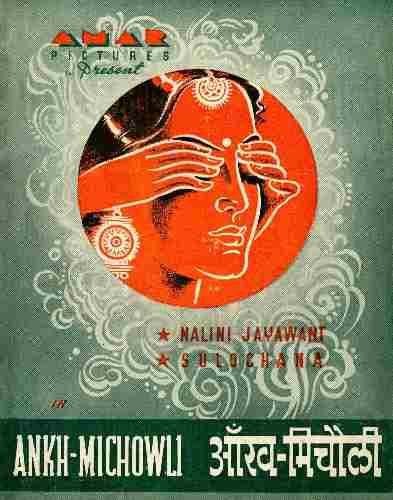
Aankh Michouli 1942
-
Shaan-e-Hind 1936
-
Sulochana 1933
-
Daku Ki Ladki 1933
-
Madhuri 1932
-
Hamarun Hindustan 1930
-
Punjab Mail 1929
-
Madhuri 1928
-



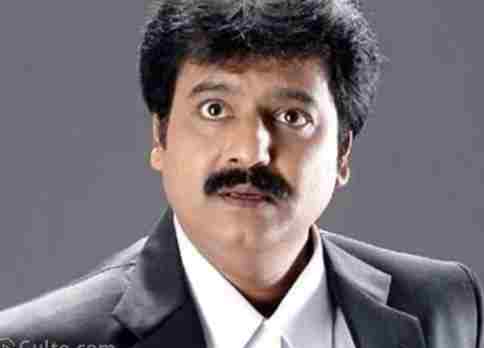
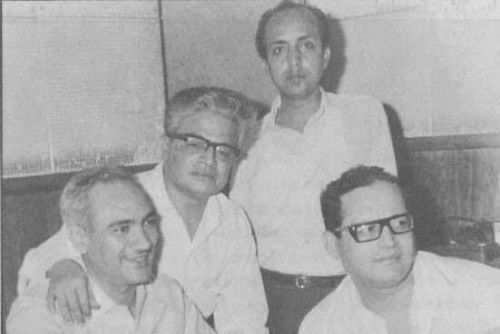
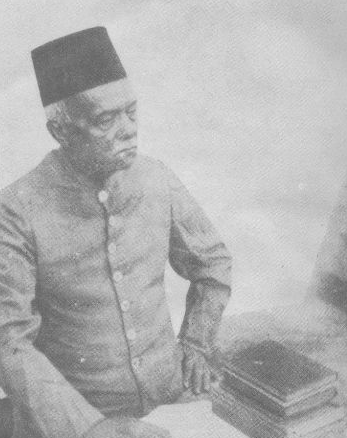

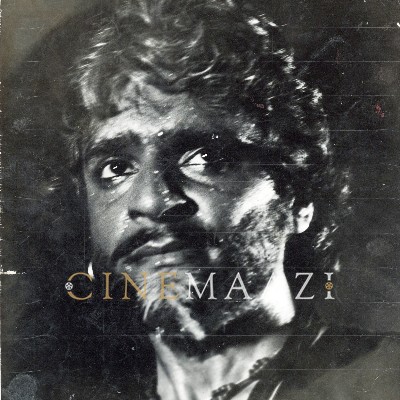
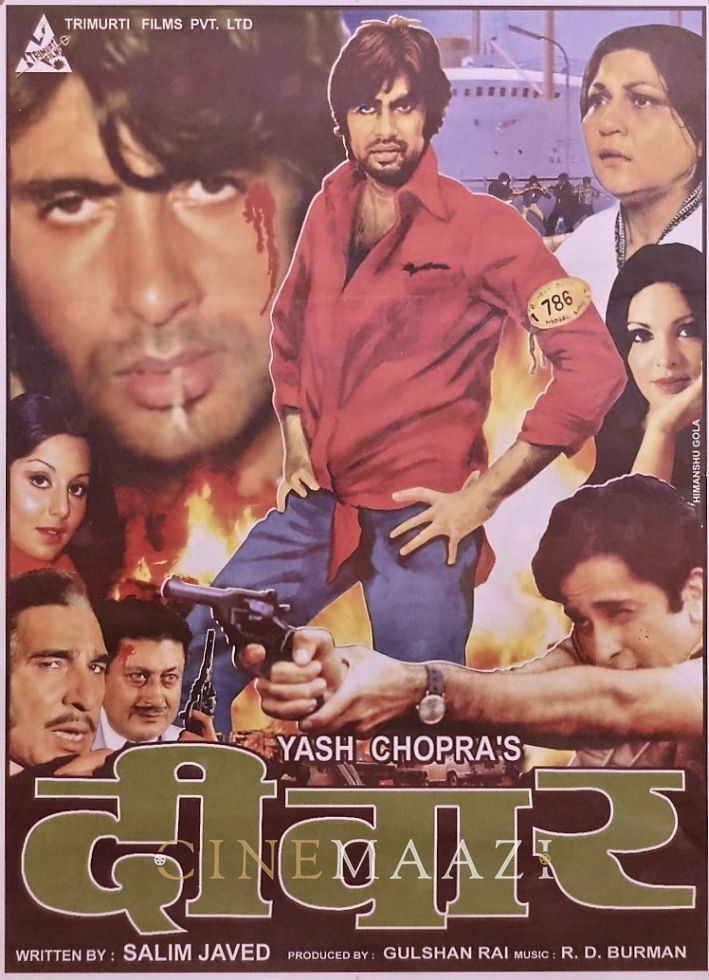
.jpg)

